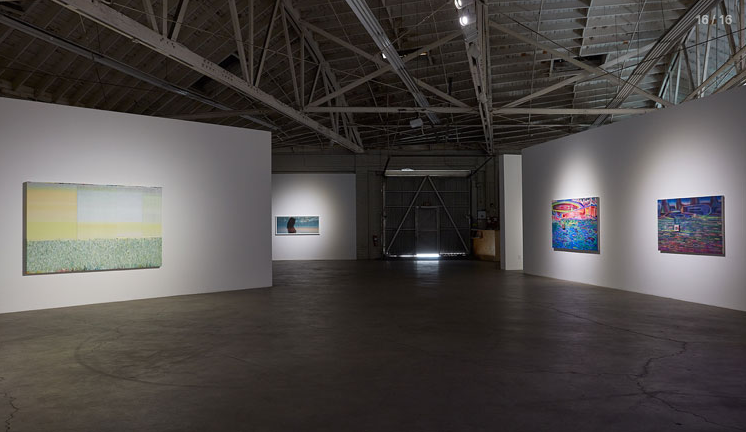Galleries
Galleries Insist They Aren’t to Blame for LA’s Gentrification Battle
LA galleries insist they also suffer under rising rents.

LA galleries insist they also suffer under rising rents.

Henri Neuendorf

A group of anti-gentrification activists from the Los Angeles neighborhood of Boyle Heights, east of the new Arts District, have demanded that all art galleries “leave immediately,” accusing them of driving up rents.
Activist Maga Miranda of the group Defend Boyle Heights told LA Weekly last week that she wants “the community to decide what takes their place.”
Miranda, who is also a member of the BHAAAD coalition (Boyle Heights Alliance Against Artwashing and Displacement) accuses the galleries of being “part of a broader effort by planners and politicians and developers who want to artwash gentrification.”
The term “artwashing” refers to the phenomenon whereby an influx of artists and art galleries makes a working class neighborhood appear hip and desirable. It is often seen as the first step in the gentrification process, although Jonathan Jones calls it “nonsense” and “intellectually flakey” in his latest screed at the Guardian, arguing that the concept lends itself to “a destructive logic.”

Installation view of “Illusion: Cheng Ran, Huang Yuxing, Xue Feng” at Night Gallery. Courtesy of Night Gallery.
A large number of galleries such as Maccarone, François Ghebaly Gallery, Night Gallery, and Venus Over Los Angeles have settled in the area surrounding Downtown LA in recent years.
However activists have focused their attention on the two Boyle Heights-based art non-profits PSSST and Self-Help Graphics, the latter has even been accused of fostering ties with a real-estate developer which wants to demolish an affordable Wyvernwood housing complex, accusations which the 43-year-old community-driven space denies.
Gallerists across the city of LA have acknowledged the sensitivity of the issues raised by gentrification, but have insisted that they are not to blame.
Los Angeles gallerist François Ghebaly told artnet News an email:
“Our gallery is in an industrial neighborhood on the other side of the LA river from Boyle Heights, and rather far from any residential neighborhoods, so our situation is different. But it is true that all the neighborhoods surrounding downtown LA have been going through major changes, and gentrifying at a rapid pace. From a neighbor perspective, it seems that art galleries are one of the many moving parts of a transformation process that started in Boyle Heights when the Gold line opened in 2009, effectively connecting the neighborhood to downtown and the rest of the city. The spaces mentioned in the recent controversy such as PSSST and Self-Help graphics are institutions that have a deep awareness of their surrounding communities, and a strong will to support and open their doors to conversations, and programming geared towards the specific local cultural heritage. Art galleries are not the enemy, and suffer equally from the rise in rents and real estate value, and could become strong assets to support and defend this important historic neighborhood.”
In an area where 72 percent of residents are renters, according to a 2013 California State University, Los Angeles report cited by Defend Boyle Heights, the locals remain concerned. “We know that if the galleries go up, the value of the properties go up,” one resident told Curbed LA.